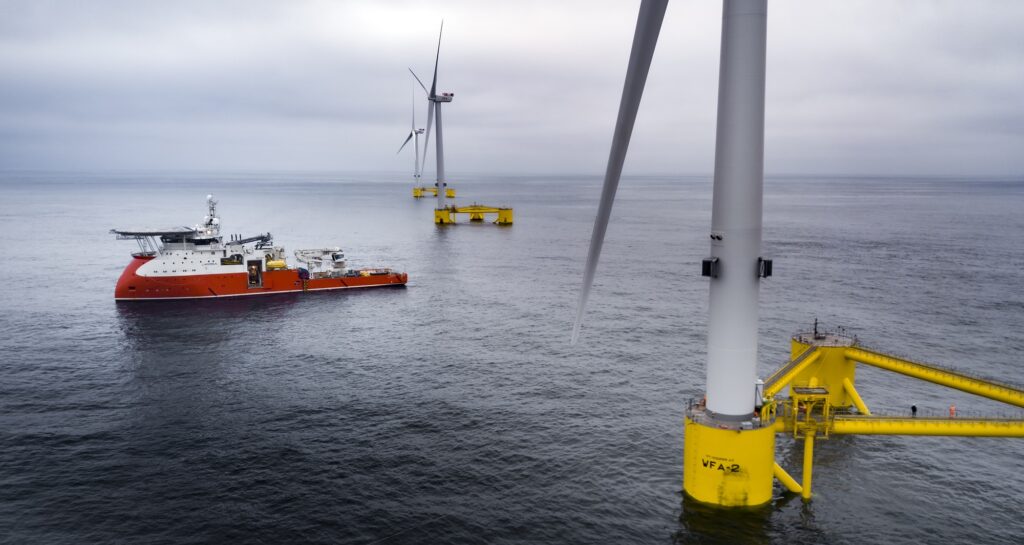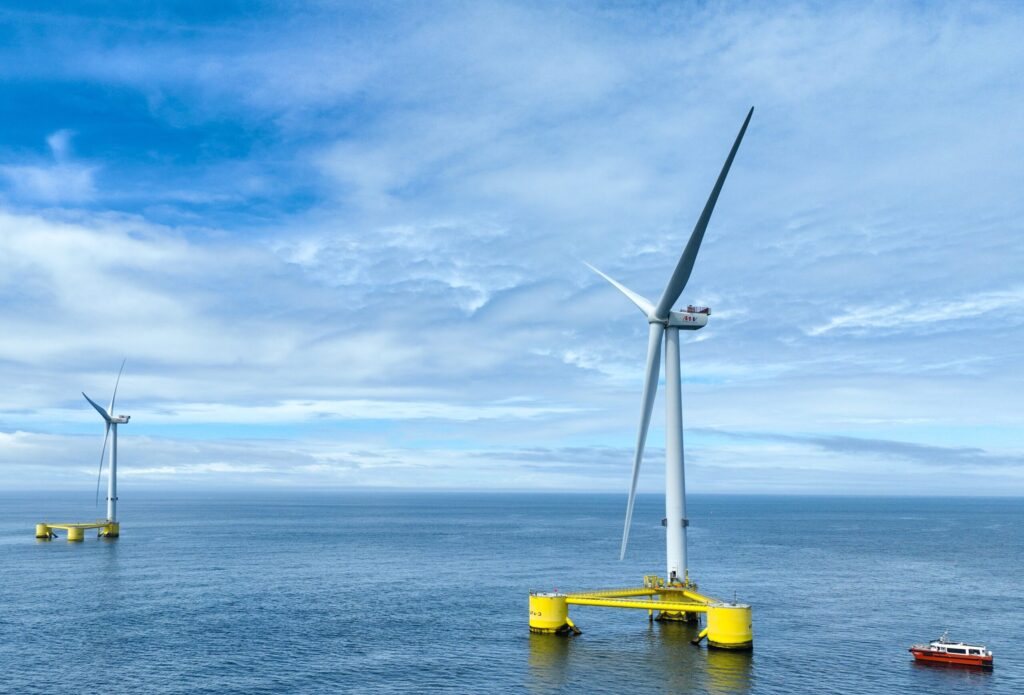This study reviewed navigation planning and risk assessment approaches for floating offshore wind (FOW) farms. The results identified that whilst there are a number of potential impacts associated with FOW farms, the majority were assessed to be either consistent, or have minor differences, with traditional fixed offshore wind. Therefore, existing guidance and tools were deemed to be fit for purpose. However, there were some key exceptions where major gaps were identified relating to both maritime and aviation.
Gaps identified in this study include wet storage management, assessment of towage operations, changes to site layout and cumulative impacts. As well as identifying the challenges around management of FOW array construction programme, safety and logistics for ports and harbours and the need for better guidance on certification and marking of floating turbines and the need for guidance better suited to deep sea offshore projects as we move further from land.
To address these challenges, several opportunities were identified which included development or update of guidance, greater national coordination, undertaking additional studies and technological or design solutions.
This report is delivered by the Floating Offshore Wind Centre of Excellence, in partnership with Nash Maritime and Osprey Consulting Services.





